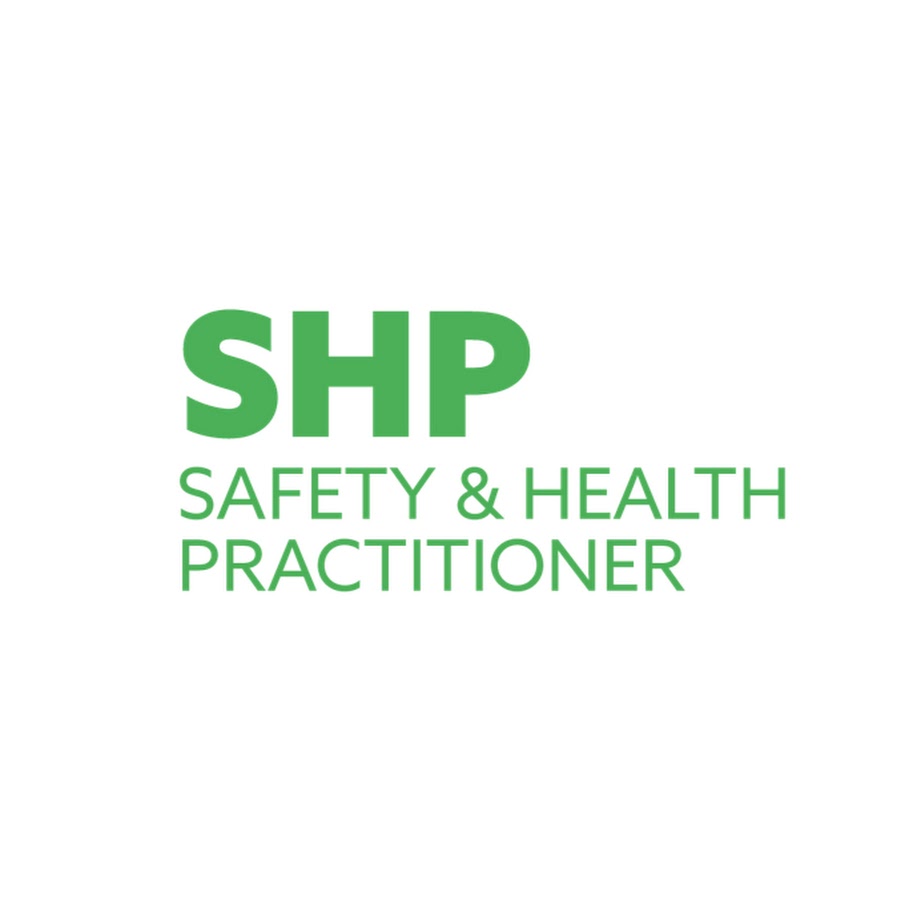
Organisations need to assess the risk for wellbeing in the same manner as they currently assess the risk to safety, according to Dr Carolyn Yeoman, Operations Director at OCAID Wellbeing.
Speaking at the Safety & Health Expo, Dr Yeoman said firms need to “demystify stress” and instead take an approach to wellbeing “that we know already works for safety”.
“Stress is to wellbeing what accidents are to safety,” said Dr Yeoman. “If I ask you ‘do you manage accidents, you would say no, I manage safety’. So why do you manage stress?”
Dr Yeoman said stress shows “there is something that is missing in an organisation”.
“For me, that’s a failure of any wellbeing strategy,” she added. “Often what we do is put in interventions without thinking about them beforehand. We hand out bikes, bananas and yoga. We think they will do something, but there’s very little empirical evidence that any of that works.
“When we are looking at stress, we are picking up those people in the organisation who are suffering in some way.
“My view is we should be going back to root causes and say ‘what can we do to change this, so these people are not being made ill by work’. There will always be issues outside work which will impinge on our work. We could suffer from stress, however good our environment is, but we can do so much more in managing stress causes in our workplace.”
Dr Yeoman said many companies have a wellbeing culture that is limited to “ad hoc” one-off events and promotions, which focus on the individual and ignore root causes.
“There’s a danger that some organisations are becoming obsessed with individual level interventions to the point that they have so many, they don’t actually have a strategy,” she told delegates at Safety & Health Expo.
“They are often based around national days. I’ve worked with a lot of organisations whose wellbeing strategy is a series of one-off activities. With the best will in the world, that will not change a culture or stop people getting ill in the first place. All it is doing is saying if things go wrong, here’s what you need to do to get better.
“It’s not a bad place to be, but what I would like to see is organisations moving further on and onto risk management.”
She added that it was also important that companies engage with their staff to find out what the root causes of stress are and what kind of improvements they would like to see.
“We often work with small groups of employees and they often come up with some really nifty solutions that do not cost anything,” she explained.
It might be a just a small change, but for the employees involved it can make a massive difference. Often, we come down from on high, and we tell people what we are doing to do around wellbeing, rather than asking them what the risks to their wellbeing are. We ask people about the risks to their safety but we don’t ask ‘what is it about this job that makes you unhappy?’
“When we see our organisation cares for us we naturally want to do more and for the right reasons. That’s where you see improved productivity, quality and safety. Often when we are talking to organisations about why wellbeing is so important that’s what sells it to senior leadership team. It makes really good business sense. Why wouldn’t you want to look at wellbeing and engagement as a way getting to where you want to as a business?”

Written by Jamie Hailstone for SHP Online.
Download the full article here.
